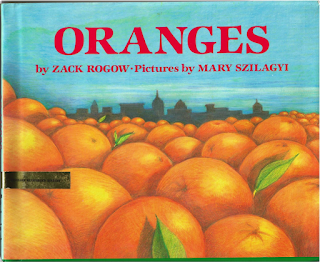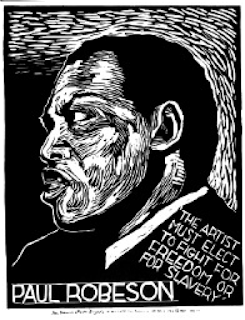There’s a great line in the classic Hollywood movie Shanghai Express where a man says to
Marlene Dietrich, who is playing the role of Shanghai Lily: “I see you’ve changed your name since we last met. Did you
get married?” To which Dietrich replies in her breathy German accent, “It took
more than one man to change my name to Shanghai Lily.” Well, it takes more than
one book to make a writer.
 |
| Marlene Dietrich in Shanghai Express |
The first time we write a book, we’re often just fumbling
around, trying to find our unique calling as an artist. Everything is new to us:
themes, characters, style, approach, diction. Often the first book, even if it
takes years to write, is just practice, a dress rehearsal for another project.
And, sorry to say, that can be true of the second or third or fourth book as
well.
It may take the better part of a lifetime to really
figure out what your project is, and how to realize that project.
Then how do you know if you really can be a writer, if you
spend years on different books and none of them works out quite the way you had
hoped? Well, even a book that you might consider to have fallen short of your
expectations might have passages that show your true abilities as a writer. That page, that
stanza, that paragraph, that chapter—if you can figure out what you did right
there, and get yourself into the state of mind you were in when you wrote that,
you can possibly sustain that higher level of work for a longer stretch, even
an entire book.
In order to do that, though, you’ve got to be willing to
listen to criticism, hear the truth about your work, and implement it in your writing. And not just the praise of your friends who love you and can't see your work objectively. You have to get that objective feedback because on your
own, it’s extremely difficult to identify the strongest elements in your work.
Often the difference between talent and a writer who consistently turns out
quality work is the ability to take criticism seriously, and to learn from it.
It’s OK to make mistakes, as long as you don’t keep repeating them.
I know that it’s tempting to give up after a book or two if
the end product isn’t as good as what you’d imagined when you first got the
inspiration. It’s so much easier to take up throwing pots, or hip-hop dancing, or
playing the didgeridoo. When you first start a new art, you learn so much, so
fast. It’s thrilling. You feel as if you’re making enormous progress. But then
the hard work always sets in—learning from your mistakes, revising, polishing.
No art is easy.
It may be that you are better suited to pottery or hip-hop dance. Didgeridoo, or didgeridon’t, either way it’s cool. If that is the art that energizes you, more power to you. But if your dream is really to be a
writer, don’t give up after one book or two or three. You don’t get to be
Shanghai Lily overnight.
Zack’s most recent book of poems, Irreverent Litanies
Zack’s most recent translation, Bérénice 1934–44: An Actress in Occupied Paris by Isabelle Stibbe
Other recent posts about writing topics:
How to Get Published
Getting the Most from Your Writing Workshop
How Not to Become a Literary Dropout
Putting Together a Book Manuscript
Working with a Writing Mentor
How to Deliver Your Message
Does the Muse Have a Cell Phone?
Why Write Poetry?
Poetic Forms: Introduction; The Sonnet, The Sestina, The Ghazal, The Tanka, The Villanelle
Praise and Lament
How to Be an American Writer
Writers and Collaboration
Types of Closure in Poetry













